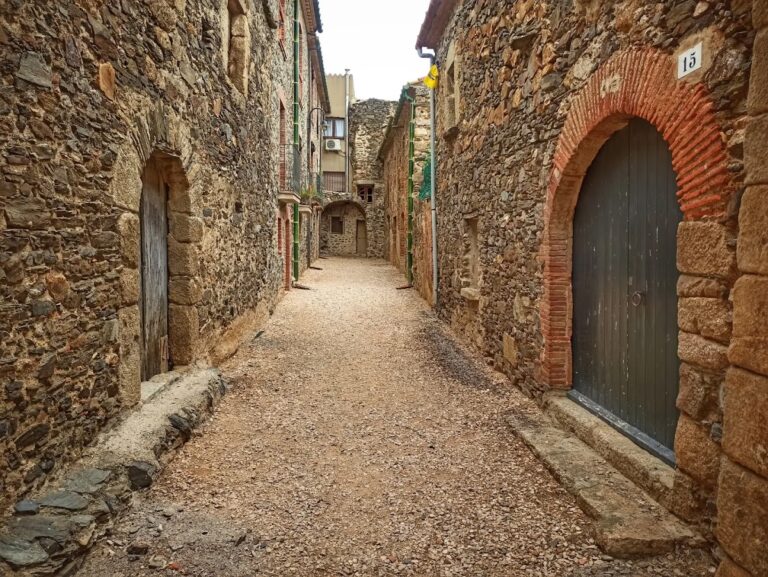Castell de Querroig: A Medieval Fortress in Banyuls-sur-Mer, France
Visitor Information
Google Rating: 4.6
Popularity: Very Low
Google Maps: View on Google Maps
Country: France
Civilization: Unclassified
Remains: Military
History
Castell de Querroig is a medieval fortress situated within the municipality of Banyuls-sur-Mer, in present-day France. This castle was constructed by the local medieval European civilization and occupies a strategic position on the summit of Puig de Querroig near the border with Spain.
The earliest historical record of the site dates back to 981, where it is referred to as “podium Cariorubio.” At that time, the location marked a border within a feudal estate governed by Count Gausfred I of Empúries. The castle itself appears in documents from 1385 under the names “castrum de Carroig” or “Castrum de Carroia,” highlighting its established role as a fortified structure during the late Middle Ages.
Over the centuries, the original castle gradually fell into ruin. Between the 14th and 15th centuries, a cylindrical defensive watchtower known today as the Torre de Querroig was erected on the remnants of the earlier stronghold. This construction reflected evolving military needs and preserved a portion of the fortress’s defensive function.
In modern times, the French part of the castle and its adjacent lands have been officially recognized for their historical importance, receiving designation as a historic monument in December 2016.
Remains
The ruins of Castell de Querroig reveal a fortress carefully adapted to the rugged terrain of its summit location. The castle’s walls follow an irregular and winding pattern that conforms to the shape of the plateau, providing a distinctive ground plan shaped by natural topography and defensive considerations.
At the heart of the site lie the remains of a large keep, or tower of homage, characterized by an elongated rectangular form. Surrounding walls vary considerably in height, with some segments on the eastern side reaching approximately five meters. One particularly robust stretch includes a sequence of tall, narrow arrow slits designed to allow archers to defend the castle while minimizing exposure.
Construction materials reflect the local geology, with the walls built from roughly broken slabs of llicorella, a dark, flaky schist common to the area. These irregularly arranged stones give the fortress a rustic appearance. In contrast, cornerstones and the framing of the arrow slits are made from finely cut granite blocks, lighter in color and carefully shaped, which stand out against the darker schist.
The prominent Torre de Querroig watchtower, dating from the 14th to 15th centuries, rises to nearly seven meters on the site of the original keep and curtain walls. Built with large, roughly hewn stones bound with mortar, the tower has lost its upper floors but retains a semi-spherical vaulted ceiling inside, a feature typical of medieval defensive towers.
These surviving elements illustrate the castle’s long history of construction, adaptation, and reuse, with the watchtower serving as a later addition that repurposed earlier masonry while maintaining the site’s strategic military presence.










